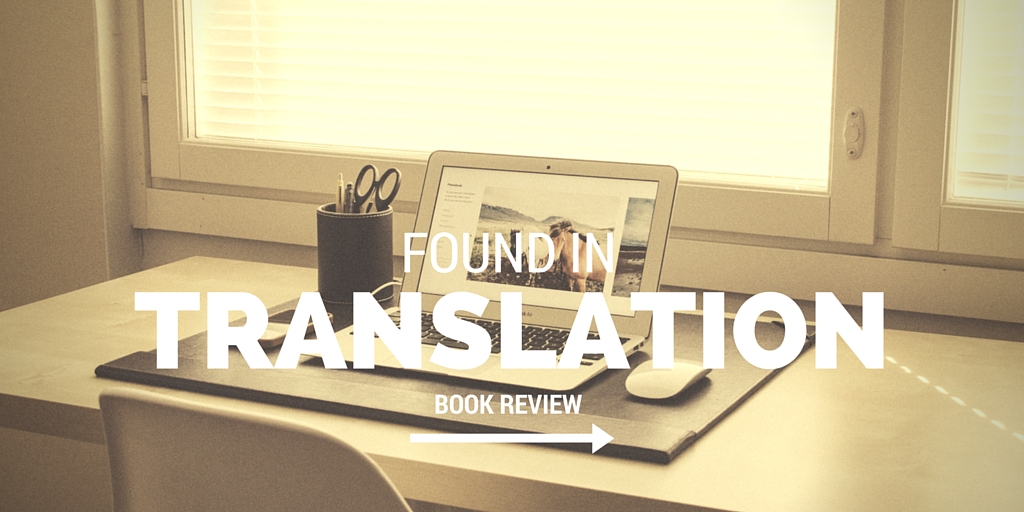Found in Translation: How Translation Shapes Our Lives and Transforms the World by Nataly Kelly and Jost Zetzsche
A book dedicated to translators, gasp! Is this book here to publicly recognise that it is because of us the world communicates? It would seem so. Jost Zetzche, a German translator who has written a doctorate on translation in history and Nataly Kelly, a Spanish interpreter and scholar in sociolinguistics, paint a vivid canvas of just how many aspects of everyday life are profoundly affected by translation. Well researched and presented, Found in Translation reveals the extent to which the products we use and the freedoms and pleasures we enjoy are made possible by translation. Above and beyond world politics and global business, the book is divided into chapters that cover areas as diverse as space travel, legal cases, battlefields, fashion, medicine, terrorism, marketing, the European Union, Ikea, Dr Seuss, the Simpsons, Twitter, Shakespeare, cinema, sport, religion, love, porn, the airline industry, food and more. Each chapter is interspersed with highlighted text boxes that provide examples of funny diplomatic and marketing mistranslations, linguistic facts or quirky stories such as being able to access the ATM in Latin at the Vatican. You will also read about real life examples from translators who have roles that go above and beyond what the average person would realise. There are interpreters in war zones, pro bono translators for the Economist in China, sign language experts, and the translation of text messages even helped save lives during the earthquake in Haiti. Key statistics reveal that the translation industry is worth an estimated $33 billion and according to the “Language Services Market 2011” report on commonsenseadvisory.com, there are more than twenty six thousand companies throughout the world that sell translation and interpreting services (p.73).
This is largely because people are much more likely to buy what they understand, so translation is a critical to driving global revenue for many companies.
The authors demonstrate just how difficult the task is for translators and interpreters in the business world who have to navigate a minefield of cultural references, word plays or lack of words in the target language, new trends and potentially farcical product names. Indeed, there is a great section on cringe-worthy food products such as Bimbo (Mexican sandwich bread), Big Nuts (Belgian candy) or Bra (Swedish yoghurt). Translation technology is touched upon in a section called ‘Tools of the Trade’ which includes Translation Memory, glossaries and the controversial machine translation. The author’s conclusion is that automated translation does not replace human translation, but that it does have a place in certain industries and for specific uses such as data mining. I was pleased that the authors conveyed their appreciation of the translator or interpreter as more than just a converter of languages, highlighting that it is crossing cultures that can sometimes present the most difficult challenges. There are also examples of how technology is actually enabling languages to thrive and not die out.
“Every language is a unique representation of the human experience, and every extinguished language makes humanity that much poorer.” (p.30)
This book truly illustrates just how far reaching the role of translation is in the world. It provides plenty of examples and stories, not just from mainstream languages but from little known African or Pacific Island ones as well. In the final note, the authors share that the most common words used by translators and interpreters when talking about their work were fascinating, challenging, intriguing and rewarding. I trust that this is true of you as well. 




 English
English